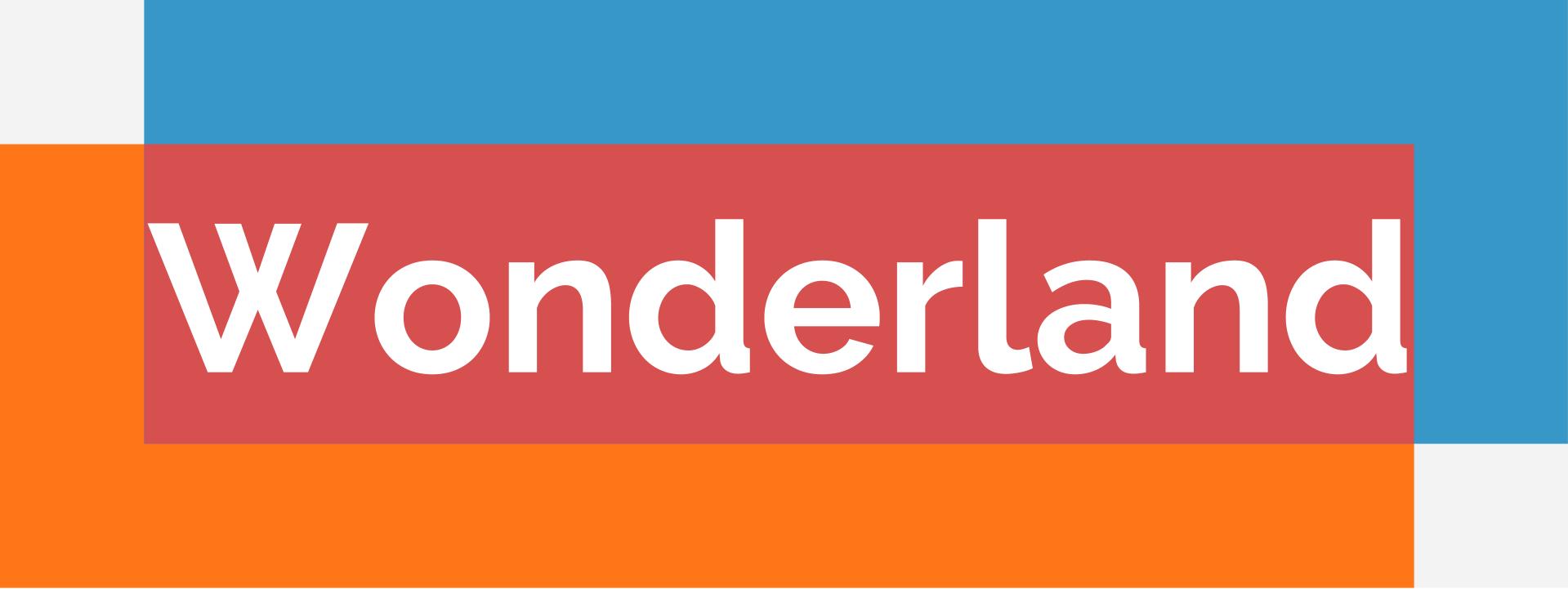How to make an ad from home

As brands and agencies get to grips with the new reality of producing ads in lockdown, CR investigates the challenge of homemade advertising and the ways it might change the industry in the long run
With directors and creatives locked indoors for weeks on end, agencies have had to rethink how they make advertising. Huge crews and lavish productions are out, putting more emphasis than ever before on the idea at the heart of it all. And all this comes during a time of international anxiety, with many brands unsure how to respond to the coronavirus crisis in the first place.
But in recent weeks there have been some promising steps forward. Škoda released a trio of homemade ads using miniature cars – all filmed in the homes of the directors – and Maltesers mocked our new reliance on Zoom. Facebook has also tapped into the role video chat is playing, with an ad made from content generated using its Messenger Rooms service, and soundtracked by Lizzo.
So what makes for a successful lockdown campaign? To begin with, it requires some of the same ingredients as any normal ad – a good relationship with your client, a level of honesty, and an idea that fits the brand. For example, making a Maltesers ad that showed four women on a Zoom call didn’t feel a hundred miles away from some of the brands previous creative executions. Beyond that however, things get more tricky. The restrictions of lockdown mean there’s far less of the usual spit and polish to rely on, leaving the idea pretty bare.
Source: Creative Review
READ MORE
Why UGC is exploding in popularity among brands during Covid-19

As Covid-19 continues to impact most parts of the world, brands have been pushed to find alternative solutions to complex studio setups, huge budgets and high production value - all of the traditional expectations for an impactful advertising campaign.
A strategy that’s found success is the clever utilisation of user-generated content (UGC) as it taps into a real desire for human connection, strengthens a community and, in this unprecedented time, has transformed what might have once been local content into global content.
In many ways, it’s unsurprising that UGC has exploded in popularity since Covid-19 and its ensuing lockdown. If anything, the pandemic has accelerated its growing dominance as content production limitations remain in place for companies, brands and agencies. In combination with the ubiquity of the smartphone and the “pics or it didn’t happen” mindset, anyone can become a content creator. In fact, reports from Statista found that the number of videos uploaded every 60 seconds grew by 40% between 2014 and 2019 alone.
UGC is particularly well-suited to times of crisis, as millions of people around the world are increasingly looking for inspiring, uplifting and directly relatable content that acknowledges and nods to the situation that we all find ourselves in. A powerful storytelling tool, UGC acts as the bridge between brands and their audience as it brings their community closer together and provides an increased sense of belonging and unity.
Source: The Drum
READ MORE
Consumers are weary of ‘We’re Here for You’ messaging. What now?
 Research is emerging from YouGov and Adobe, among others, that suggests that consumers are growing tired of monotonous empathy from brands. So, how do we move past reassuring our customers that we’re still here for them, and start marketing again?
Research is emerging from YouGov and Adobe, among others, that suggests that consumers are growing tired of monotonous empathy from brands. So, how do we move past reassuring our customers that we’re still here for them, and start marketing again?
Research-based advertising
The cost of advertising in many industries remains relatively low, as competition for keywords and target audiences has decreased during the coronavirus crisis. So based on numbers alone, now is a great time to advertise in digital. But it’s absolutely critical that the messaging is right, and in response to the situation as it stands right now. So if you can plan, ideate, create and traffic a campaign in less than two weeks, start with some social listening research to understand where the audience is at, and what they need most right now.
Capitalise on shifting behaviours
Life changed significantly in the last three months, and e-commerce is booming; spelling a window of opportunity for any brand who wants to drive adoption of new behaviours. The audience is more receptive and open to challenger brands and new products than ever before. With old habits disrupted and more time spent shopping online, Adobe's research proved useful in uncovering a new willingness from consumers to try new things – with 56% of respondents saying they were receptive to try something new even if they didn't know the brand name pre-coronavirus.
Meet expectations of innovation
It has been said that in some quarters, several years of progress has taken place over the course of a few weeks...
Source: The Drum
READ MORE
Group M's Brian Wieser urges marketers to reassess everything
 Renowned ad industry analyst Wieser discusses how brands are being forced to adapt amid the pandemic.
Renowned ad industry analyst Wieser discusses how brands are being forced to adapt amid the pandemic.
It's time for marketers to reassess the very assumptions about what consumers want and how their brand engages with them after the coronavirus crisis, Group M leading media analyst Brian Wieser has warned.
Speaking on this week's Campaign podcast, Wieser, who is global president, business intelligence, at Group M, pointed out that the crisis is particularly affecting smaller businesses that may have been slower to transition to digital platforms in recent years.
He said: "Small businesses have been disproprtionately impacted, especially those that are retail-skewed. Those smaller businesses who are often in a desperate situation struggling to survive are finding that the only way to keep this business going is to transition part of the business online. We’re seeing business transformation by these smaller business bring forward their [digital] business by several years."
This is one of the reasons why, Wieser suggested, that last week's report by Warc forecast that this year's global adspend contraction will not be as bad as in the 2009 financial crash.
"A business that is transitioning its business from a physical one to a digital one probably will spend money to support their business with advertising," he added.
Source: Campaign
READ MORE
Why You Don't Need to Be an Expert in Everything to Be an Effective Strategist
 What actually is strategy and why are so many agencies getting it wrong? Read on to learn how marketers should think differently about strategy.
What actually is strategy and why are so many agencies getting it wrong? Read on to learn how marketers should think differently about strategy.
With the rise of automation and the impending impact that it will have on those of us who work in search, one of the things I’ve been focusing on is moving toward a broader, more strategic approach in our work for clients.
I strongly believe the industry should follow suit.
In many ways, this is best done by starting to focus on strategy – even though that’s a word that’s been, in my opinion, misused for years, especially in agencies.
If I go and ask a PPC Strategist for a client strategy, I’m likely to get a plan, maybe for the next 3-6 months outlining specific actions that they’re going to undertake to hit a client’s KPIs.
Broadly, this is tactics.
Sometimes they might include competitor analysis or industry results, but not always.
If I ask what the client’s core business goals are, or how we’re collaborating with other marketing channels to deliver on these goals (even when those same channels are managed out of a single agency), the answer tends to be that they don’t know.
For those of us who work in marketing, regardless of which discipline or the scope of our roles, strategy should always be about the big picture.
Source: Search Engine Journal
READ MORE
JCDecaux and S4M announce a global advertising partnership

JCDecaux SA (Euronext Paris: DEC), the number one outdoor advertising company worldwide, announces today its partnership with S4M, the drive-to-store platform, enabling advertisers to combine their out-of-home (OOH) and mobile advertising activations to drive store footfall.
This offer, which will be available initially in eight markets worldwide including France, the USA, Spain, Italy, Belgium, the Netherlands, Singapore and Mexico, will allow advertisers to buy drive-to-store campaigns both on JCDecaux’s OOH network, and on mobile using S4M’s platform. By using both mediums, brands can target catchment areas around their stores, reaching more prospects than they would with one channel alone. S4M’s drive-to-store capabilities also allow advertisers to easily measure the footfall delivered by their OOH and mobile campaigns.
Tests show that by combining OOH and Mobile, the drive-to-store increases 2.5X, compared to those two channels activated separately. This increase could be an essential solution for brands needing to entice consumers away from online shopping and into their physical brick-and-mortar stores.
Jean-Charles Decaux, chairman of the executive board and co-CEO of JCDecaux, explained: “OOH is at the heart of mobility, on the street and seen each day. The same is true for mobile, which is why this combination creates such an amplification impact. OOH is an interception media and when combined with mobile, it increases brand engagement and enhances the campaign’s efficiency."
Source: The Drum
READ MORE
How Email Marketing and Patreon are Keeping the Lights on for Entertainers
 Learn how these touring musicians transitioned from live performances to online shows with their new tour. The show must go online!
Learn how these touring musicians transitioned from live performances to online shows with their new tour. The show must go online!
Danika Holmes and her husband Jeb Hart are in an acoustic/pop/soul duo, Danika & the Jeb. Because of COVID-19, their spring tour and summer shows have been cancelled.
As Holmes explains, “The first time a cancellation came for a show, it was a bummer. The second time it was an inconvenience. And the third-through-30th time, it was a crisis.”
Danika & the Jeb have been making their living as touring musicians for 10 years, and getting a regular day job is not an option for them.
So they adjusted their business model — the show must go online!
But they moved more than their shows online. Danika & the Jeb moved every part of their business online, including their entire merchandise store. And, going online allowed them to connect more intimately with their audience, in unexpected ways.
Email marketing and Patreon — a winning combination.
To make it easy for their audience to access their new music and offer support, Danika & Jeb used the membership platform Patreon. Patreon allows creators to get paid for the content they create, including video, songs, webcomics, audio performances, and more. Fans support creators and artists by paying either a few dollars per month or per post.
Source: AWeber
READ MORE


